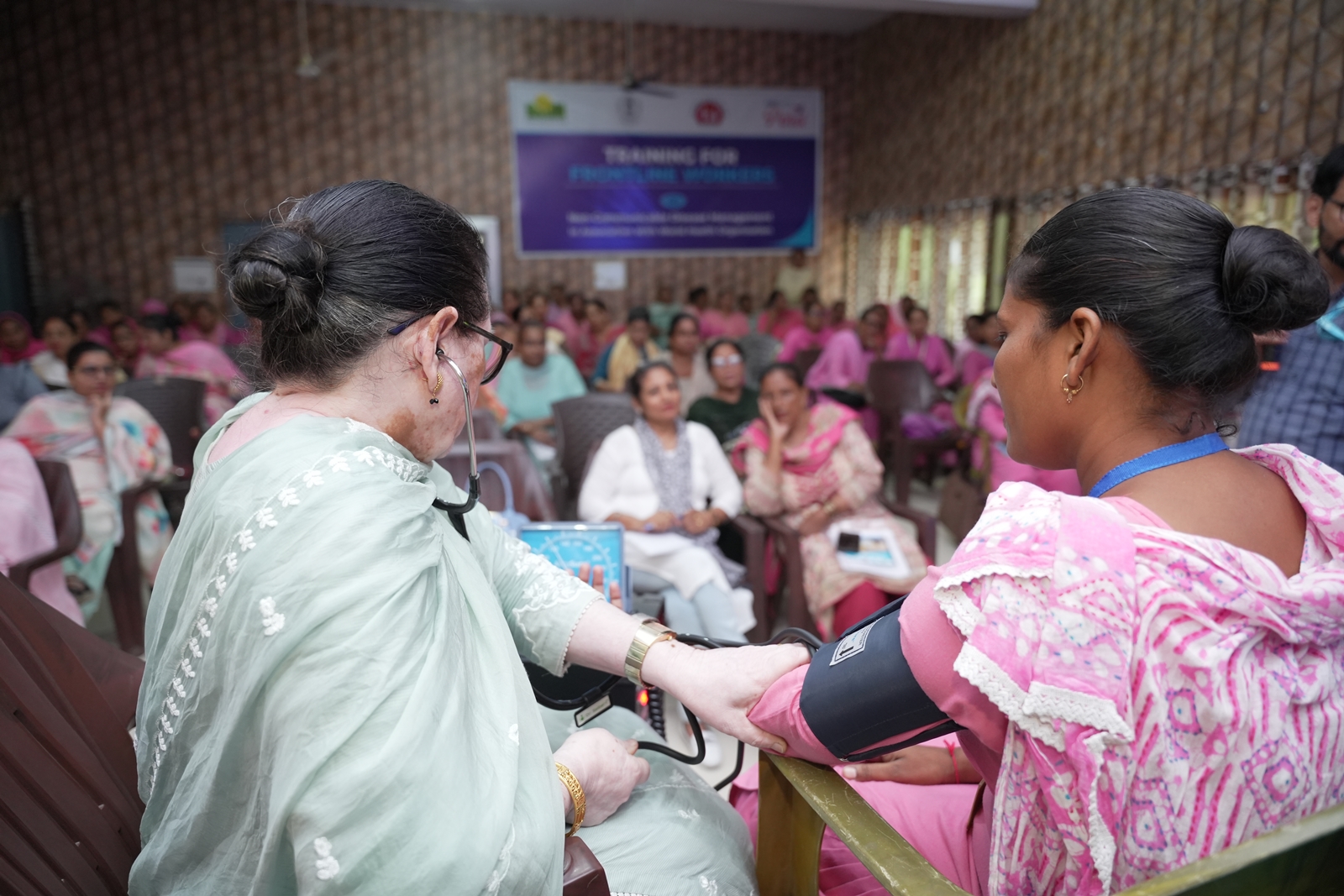When you think of Indians abroad, you probably think of names like Satya Nadella, Sundar Pichai, Gita Gopinath, and many others. All of these are Indian-origin people who managed to reach the top of international organisations.
Before Elon Musk took over X (formally known as Twitter), Parag Agarwal was the CEO of Twitter too. But, this begs a question- why are super talented Indians finding such opportunities abroad? Is this a sign of India’s brain drain?
According to reports, close to nine lakh Indians have given up their citizenship since 2015. In addition, 23000 millionaires have left India since 2014.
Not just working professionals, India is also seeing a migration of talented students abroad. The British High Commission states that 1,17,965 Indians got a UK Visa for studies in a year till June 2022.
Another report suggests that 1.8 million Indians will be spending close to $85 billion on studying abroad by the year 2024. This is a number of mammoth proportions and it shows how money from India is also draining out with its talent. Therefore, the statistics of brain drain in India show us the economic repercussions of this cannot be ignored.
Brain Drain and Education in India
As war broke out between Russia and Ukraine, it was worrying news for Indians too. Thousands of Indian students study medicine in Ukraine because reportedly it costs less and provides more opportunities.
This is not a solitary example of Indians choosing to study abroad. So, what are the reasons behind this? Does India have tough education or there is a shortage of resources for students at home?
One of the reasons for Indian students moving abroad can be the tough competition to get into premiere Indian universities. Let’s look at the NEET examination first. In 2022, there were more than 18.5 lakh applications.
For admission to the Bachelor of Medicine and Bachelor of Surgery (MBBS), Bachelor of Dental Surgery (BDS), Bachelor of Ayurveda, Medicine and Surgery (BAMS), Bachelor of Siddha, Medicine and Surgery (BSMS), Bachelor of Unani, Medicine and Surgery (BUMS), Bachelor of Homeopathic, Medicine and Surgery (BHMS), and Bachelor of Science in Nursing (BSc(H) programmes, candidates must pass the NEET-UG entrance exam.
What Do The Numbers Say?
Only 91,927 MBBS seats, 27,698 BDS seats, 50,720 AYUSH seats, and 525 B.VSc & AH seats were up for grabs with all of these students. This demonstrates the stark disparity between the number of open seats and applicants in India.
This is not just the case in medical examinations. Similar trends are observed in other elite examinations in the country. Whether it is the much-coveted UPSC or the admission to IITs, lakhs of Indians compete against each other with a success rate too small.
In 2022, more than 11.5 lakh aspirants gave the UPSC civil services exam and only 13,090 qualified. The UPSC exam usually has an extremely low success rate of less than 0.5%. This is when thousands of students spend years preparing for the exams paying lakhs of rupees as fees.
In such conditions and the pressure under which the students have to operate, it shouldn’t be a surprise that lakhs of Indian students are choosing to study abroad. This is not the question of whether India is good at anything but about the greener pastures and easier opportunities.
India has the world’s highest population of young adults (ages 18 to 23), according to UN Population Prospects. The country’s finest colleges are few in number, thus applicants from within the country can anticipate stiff competition. Unlike other nations with smaller populations and a variety of educational options, these students can pursue their desired education abroad..
The key factor for the increase in Indian students studying abroad is the success of the work visa programmes provided to international students and graduates. Between January and September 2021, almost 115,000 Indian students received approval to study in Canada, and during the previous five years, Indian PGWP applicants had an approval rate of more than 95%.
Employment Opportunities and Higher-Pay: Reason for India’s Brain Drain
Now that we have looked at the state of education, we should also understand India’s brain drain of professionals. Why are Indian professionals moving abroad? There are again various reasons for that. The job market in India is highly competitive.
Every year, lakhs of new job seekers enter the market and jostle to find opportunities in the best companies. With so many people fighting for jobs, the salaries come down significantly as more and more people are willing to work at lower wages.
Salaries in India for the same role stand in stark contrast with salaries in Europe, the US, or other international destinations. This is also one of the biggest reasons why Indians try to find jobs abroad. This helps them in upward mobility and getting access to a better quality of life and infrastructure.
If a top Indian executive can earn 3X or 4X the salary he or she gets in India, then it becomes a good decision to move abroad. However, we can expect this trend to reverse and many Indians are choosing to stay in the country and start-up.
The new breed of entrepreneurs is not looking to go out for better opportunities but they are trying to create opportunities for themselves within the country. This brings us to the solution of brain drain in India.
Solution to India’s Brain Drain
Merriam-Webster defines brain drain as “the departure of educated or professional people from one country, economic sector, or field for another usually for better pay or living conditions.”
We have already understood how India’s brain drain is leading to the exit of super-talented people from the country. While this has short-term consequences for the country, it also can lead to long-term economic loss.
Thousands of talented and smart people leaving India means a lost opportunity for the country to grow faster. This is why it is important to look for solutions to stop this brain drain. One of the ways is to create the necessary infrastructure as per the needs of the students and professionals in India.
Another way is to promote new businesses and give Indians opportunities to start new ventures. This way, more jobs can be created in the private sector taking off the burden from the government sector.
India’s Advantage With Its Young Demographic
India can also take advantage of its young population and work towards upskilling them. The country should also focus on building more colleges and universities and provide the best options for the students within the country itself.
Good quality of education, infrastructure, competitive pay, and professional opportunities; all combined can stop or slow down the brain drain from India. As we move ahead, India has the potential to achieve this. India’s brain drain can be stopped if the best efforts are employed for it.
Smile Foundation and Talented Youth
Smile Foundation is preparing the youth from underprivileged backgrounds for a better tomorrow. By Skilling them with practical, modern training in technical and non-technical areas, the organization is trying to strengthen the Indian workforce by integrating talented individuals into the country’s economy through great employment opportunities.
Read more about our livelihood initiative, STeP here and become a part of it through a fruitful CSR Partnership!









